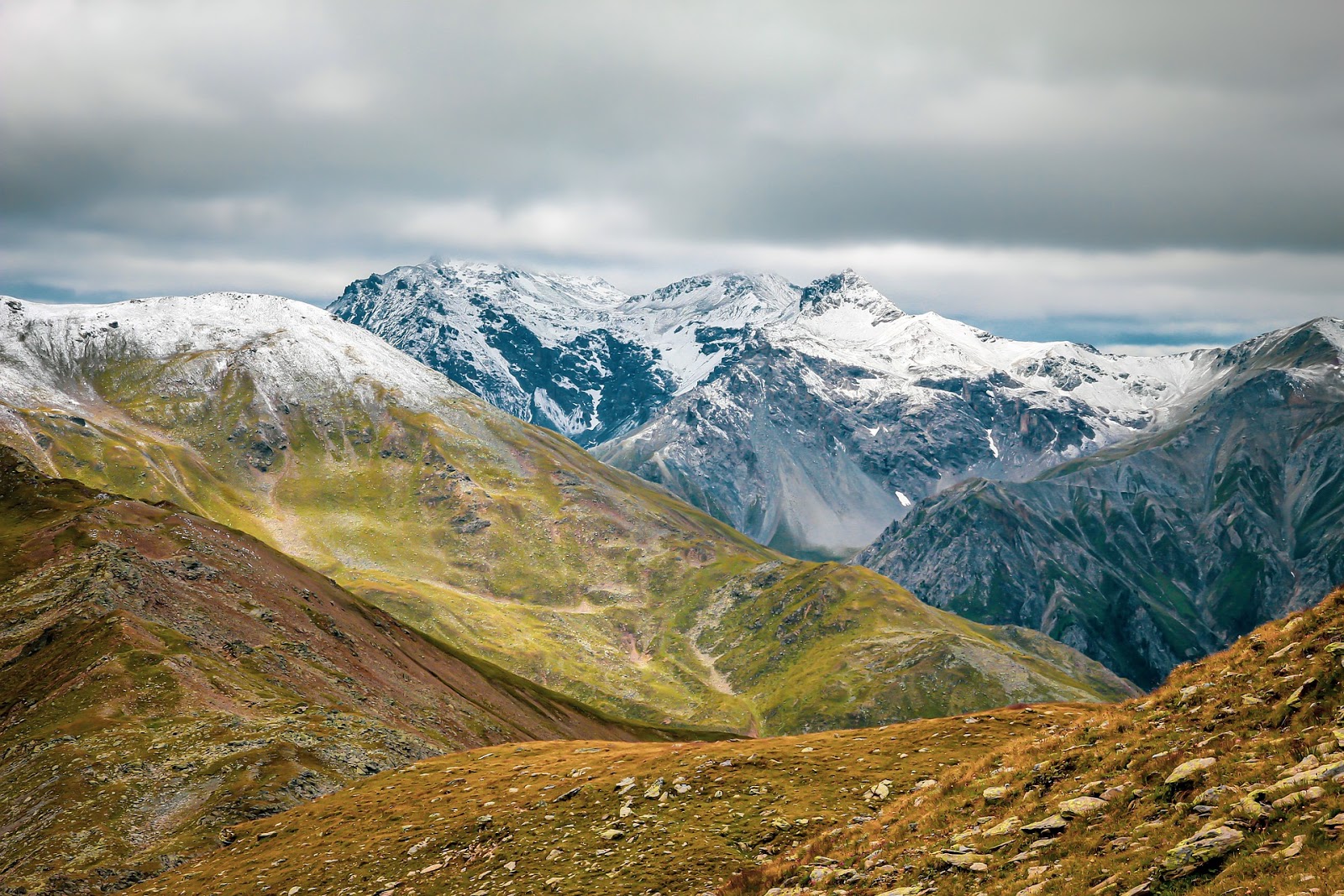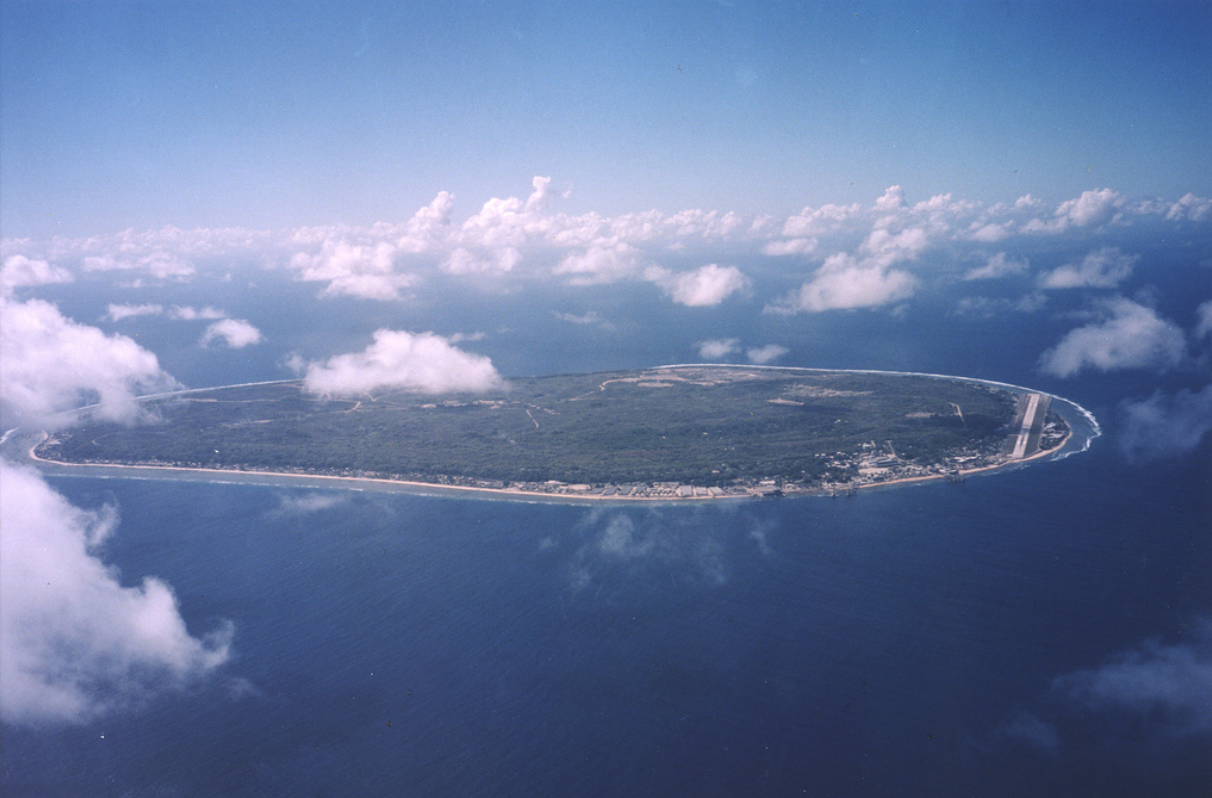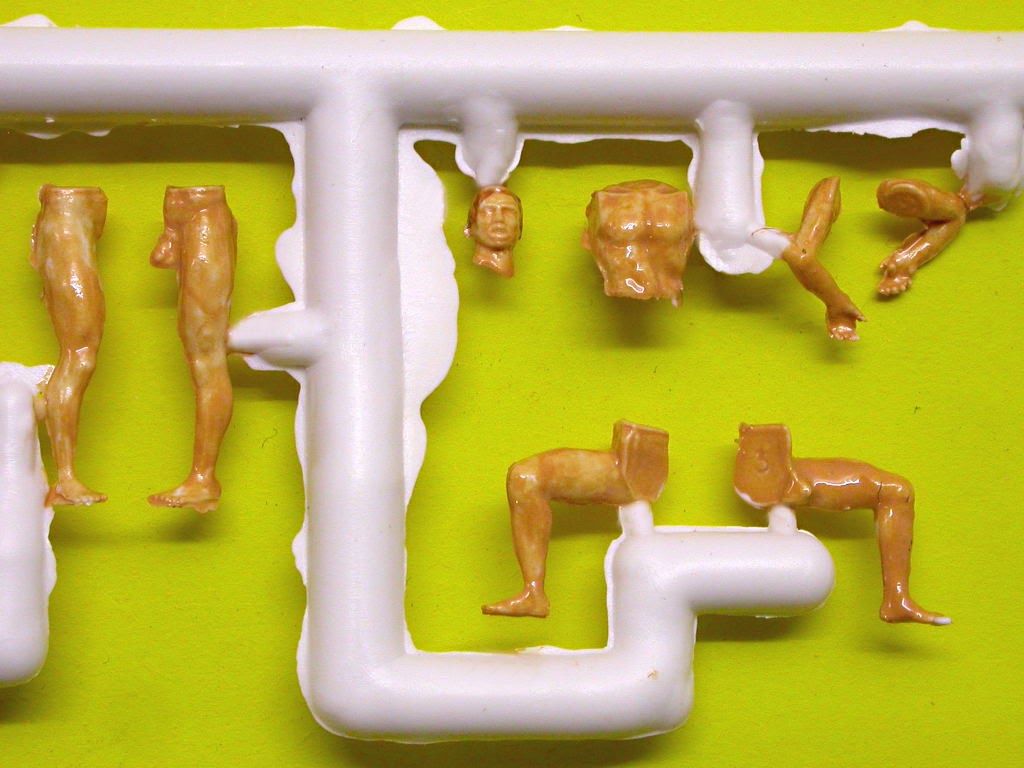What is the evolution of life actually? In its essence it is that a species has the best chance in reproducing itself and surviving the longest if it is the best at adapting to its environment. This is the same for all the different life forms, plants, animals… and also for humans (if you want a specific kind of animal) this was for a long time the standard. But is it still?
A group of researchers claim that the earth has entered a new geological epoch: the Anthropocene. Since the last ice age around ten thousand years ago, humanity has lived in a very stable epoch, the Holocene. Compared to previous times, when the temperature of the earth has fluctuated much more and made living conditions far more difficult, the average temperature during the Holocene changed by plus-minus one degree celsius only.
As far as we know, this is the only epoch that makes life as we know it possible. But what happens when we move out of it? What happens if we cross the boundaries of our planet? According to the Anthropocene Working Group this is already happening as we enter the Anthropocene.
The human force
As explained by Johan Rockström, the development started around 1750 with the industrial revolution. In the beginning, humans still impacted the earth system little. The human pressure through greenhouse gas emission, extracting resources, overuse biodiversity etc. grew linearly. However, from 1955 onwards, the impact increased exponentially. The Earth today faces a geologic epoch in which humans define it more than any other species or natural process. The name “Anthropocene” says it: Other Earth systems in our geologic time period, the atmosphere, water systems, biospheres, are human-influenced.
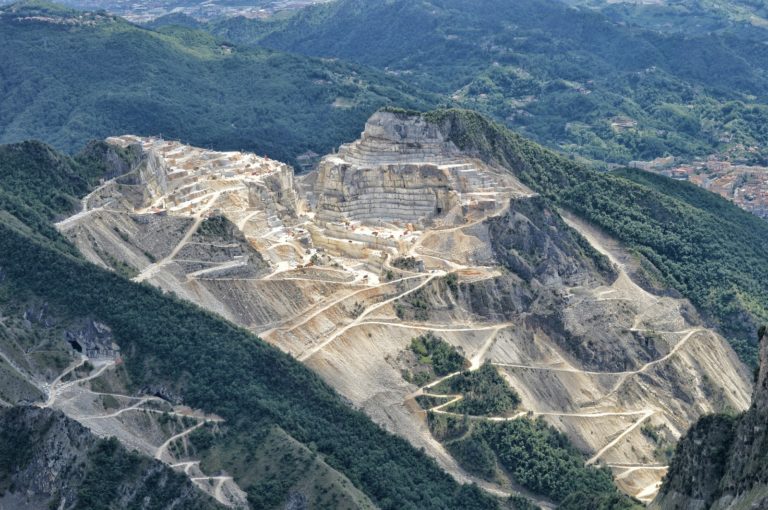
The term proposed by the Anthropocene Working Group is not official in science yet, but there is increasing evidence that this is not just a symbolic name and that humans leave behind their geologic mark in stones and ice. If in the future researchers study sediments of our time, as archaeologists and geologists do today, they will find evidence of pollution, fertilizers, human waste, nuclear weapons and other signs of the human conquest. We are the force of change. The sun, any other living forms, seismic activities of the Earth… they all change the planet less than we do. Not only would it be the first time that we are witnessing a new era, but it is also the consequence of our own actions.
Acknowledging this is important to understand that the climate change the planet is currently experiencing is anthropogenic. But human impact on the Earth is not limited to climate change. It includes many more phenomena: urbanization and agriculture, mining and the production of new materials, loss of biodiversity and invasion of species, being some of them. Imagine cycling through Skåne and its agricultural fields. Imagine swimming in the sea and finding rubbish along the shores. Imagine walking through a forest nearby – the trees would not grow the way you see them if they were left alone. And when visiting the area around the Italian town Carrara, you can find that complete mountains disappear because they have been turned into one of the biggest marble quarries in the world. You see: nearly everywhere our environment is shaped according to human will. Can you imagine a place that did not carry any signs of human influence?
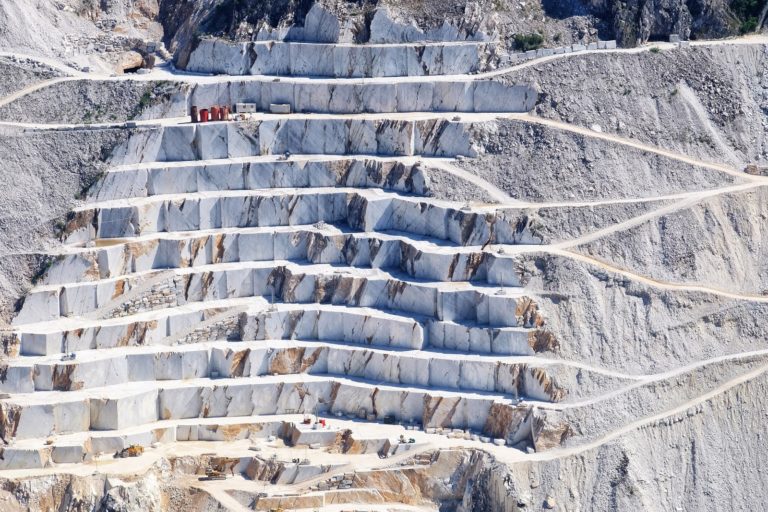
The Anthropocene argument has been criticised of its duality of human society and nature as reducing the world to simplistic binaries. It is challenged by the alternative understanding of a Capitalocene, that “signifies capitalism as a way of organizing nature— as a multispecies, situated, capitalist world-ecology”. It describes the way we are attaching a monetary value to everything, we economise our world. The concept “Anthropocene” still needs to be developed and is not uncontested. However, it directs our attention to contemporary environmental concerns and raises an important question: Should we continue that way?
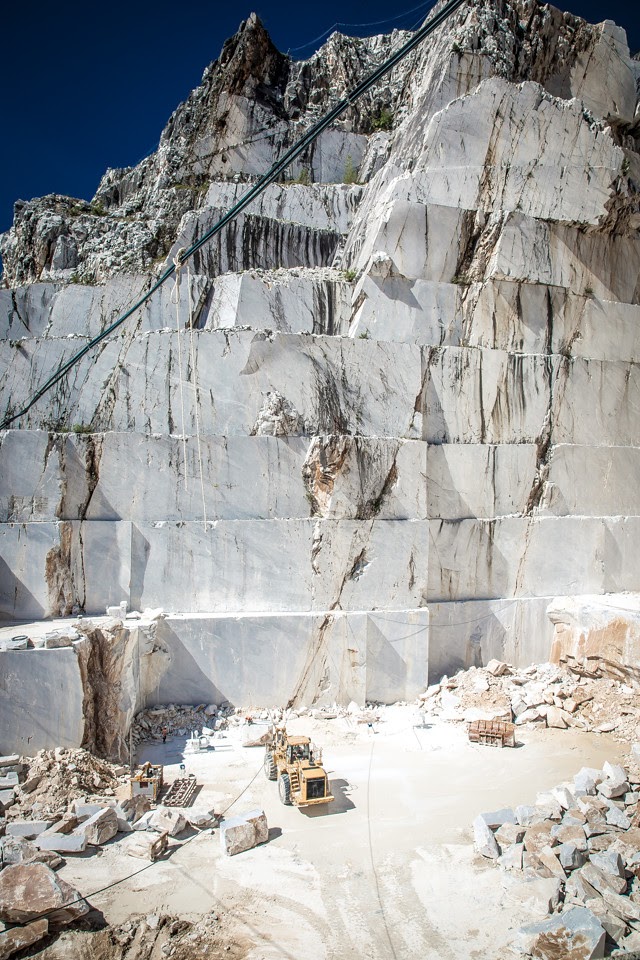
Local tip
The exhibition “Antropocen” in the Teknikens och Sjöfartens hus of Malmö Museer is taking place until the 7th of June. It is telling through photography and film the terrible beauty that science is warning us about.
by Nina Kolarzik
Photo Credits
photo 1, analogicus, no attribution required
photo 2, digital341, no attribution required
photo 3, dexmac, no attribution required
photo 4, MitchellShapiroPhotography, CC by-NC-ND 2.0
